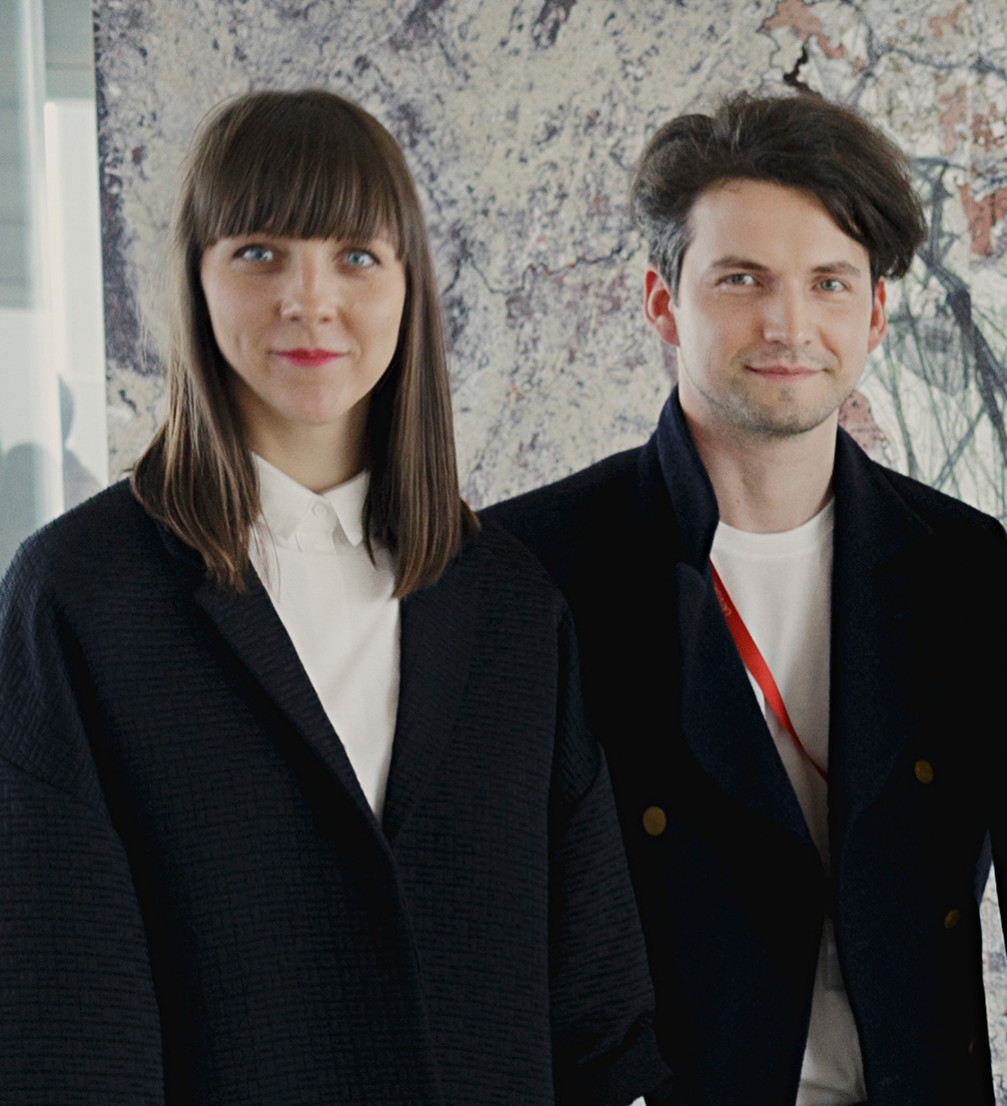
On Friday, May 27 the first ever united Baltic Pavilion will open at the Venice Architecture Biennale, entitled Reporting from the Front. The exhibition is an initiative of nine curators who entered and won three independently held competitions in Latvia, Estonia and Lithuania. To find out more about the exhibition, we met with two of the curators representing Latvia in the project — architects Niklāvs Paegle and Dagnija Smilga.
Baltic Pavilion focuses on large–scale infrastructural projects, studying their interactions with landscapes and cultural forms in the region. In the exhibition, the architects have employed a geological approach — it is arranged as a section through the identity searches, infrastructural hubs and nature resources of the three countries. Although the pavilion is dedicated to architectural spaces, it will not display architecture as usual. Quite the opposite, it will offer an alternative way of looking beyond buildings and collecting traces of changing eras in the man–made landscapes of the Baltic region.
Evelīna Ozola:
— You have kept the content of the Baltic Pavilion a secret this whole time. Can you reveal at least some of the objects that are going to be exhibited?
Niklāvs Paegle:
— We have gathered objects that help us tell the story about Baltics — authentic things from the region. Imagine, there’s a borehole sample, a geological map and a model of a railway station. We are interested in new ways of looking at things, new technologies that have become widely available.
Dagnija Smilga:
— There are several themes in the exhibition that will be arranged in islands. Each island will contain various objects and each one of the objects explains a certain aspect of the story. For example, the Rail Baltica theme is represented by two new railway stations in Estonia, and it is important because this new architecture will change the city. In the context of Latvia, it is important to show how Rail Baltica will connect to strategic infrastructural hubs, such as Riga International Airport, Central Railway Station, International Coach Station. There are objects we have borrowed from museums, and there are existing works by architects, artists, photographers. We also commission, ask for new works to be created — subjective interpretations of the intersections of landscape and infrastructure by various authors.
Niklāvs:
— There will be a study by social anthropologist Viesturs Celmiņš on such artefact as «environmental impact report», and it will actually be there, a document of 700 pages, a big block. And next to it we will have an operational image that visualises those 700 pages in a legible way.
Dagnija:
— This document can be found in the publicly available materials of Rail Baltica, but the image next to it is something we created together with Viesturs Celmiņš to show it in a simplified way. That is how it should be communicated to the society.
Niklāvs:
— In this case it works because there are models, parts of cities, spatial things next to it. And there is this environmental impact report, a tool in this process, that links strategic decisions to the society. It is a relatively new phenomenon, we kind of look at it, there are discussions and presentations taking place, but have we ever perceived it as a real tool that we should be working with?
Evelīna:
— Well, there are professions that use such documents every day, but I guess it’s not a common instrument for architects. Is that what you’re trying to say?
Dagnija:
— We would like to bring these different practices, professions and fields together because, for instance, Rail Baltica can’t be planned by architects only. It takes a huge team where each member has their specific knowledge and comprehension. But an architect has an education that gives an ability to understand what these large–scale spatial projects are about. An architect must understand economics, physics, have a sense of space, an ability to look at things in an abstract way, be a successful manager. Architect’s profession demands a high diversity of skills. I will never know about geology in detail, but I do understand what it is about and I know what questions I can ask a geologist. Comprehension of other fields brings clarity to the mind.
Niklāvs:
— Our perhaps a bit naive idea is that by presenting it all in this way we can encourage architects to be a little more active in these processes and not to arrive only when they’re invited or just at the very end to regulate problems. Architect is the one who sees the big picture.
Evelīna:
— But why should architects be interested in all this? Geologists could become mediators as well, they just don’t have a biennale in Venice.
Niklāvs:
— We have knowledge on the man–made environment and its processes, but geologists have knowledge on what is under the surface of the earth — what materials can be found there and what can we do with them. For example, in Estonia, when they discovered the enormous phosphorite deposit, geologists said that this has a huge potential and we could dig it all out, but architects and planners can think about what it will do to the landscape. There will be mines, but perhaps not just that, perhaps it is possible to create centres of high technologies, education incubators, connect it all to cities, ports. That creates a completely new, man–made landscape. Based on this information, architects can think strategically about the making of this landscape.
Evelīna:
— Have you created a visualisation for how these expertises overlap?
Niklāvs:
— In fact, that is the layout of our exhibition. By being physically between these various themes you can see how they are related to one another.
Dagnija:
— Remember, Niklāvs, how we were looking at a seismic profile of a swamp? It was fascinating. We as architects are used to looking at Google Earth images, sections and plans of buildings. But in a geological section one can read the structure of the Earth, and that is spatial too.
Niklāvs:
— Spatial, but with a different density.
Dagnija:
— This space contains resources and that’s what makes it valuable. We must understand how to use this space so that it doesn’t become just industrialisation of a territory, pumping out resources, just taking.
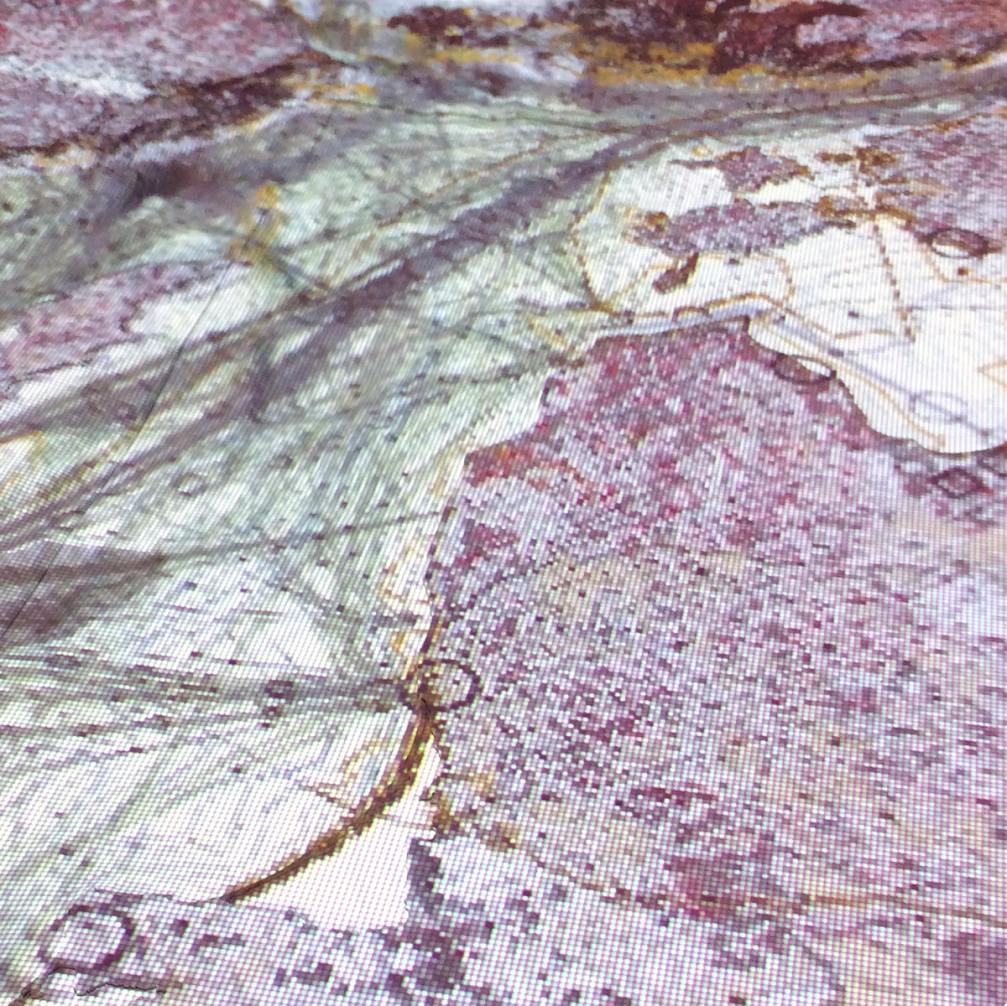
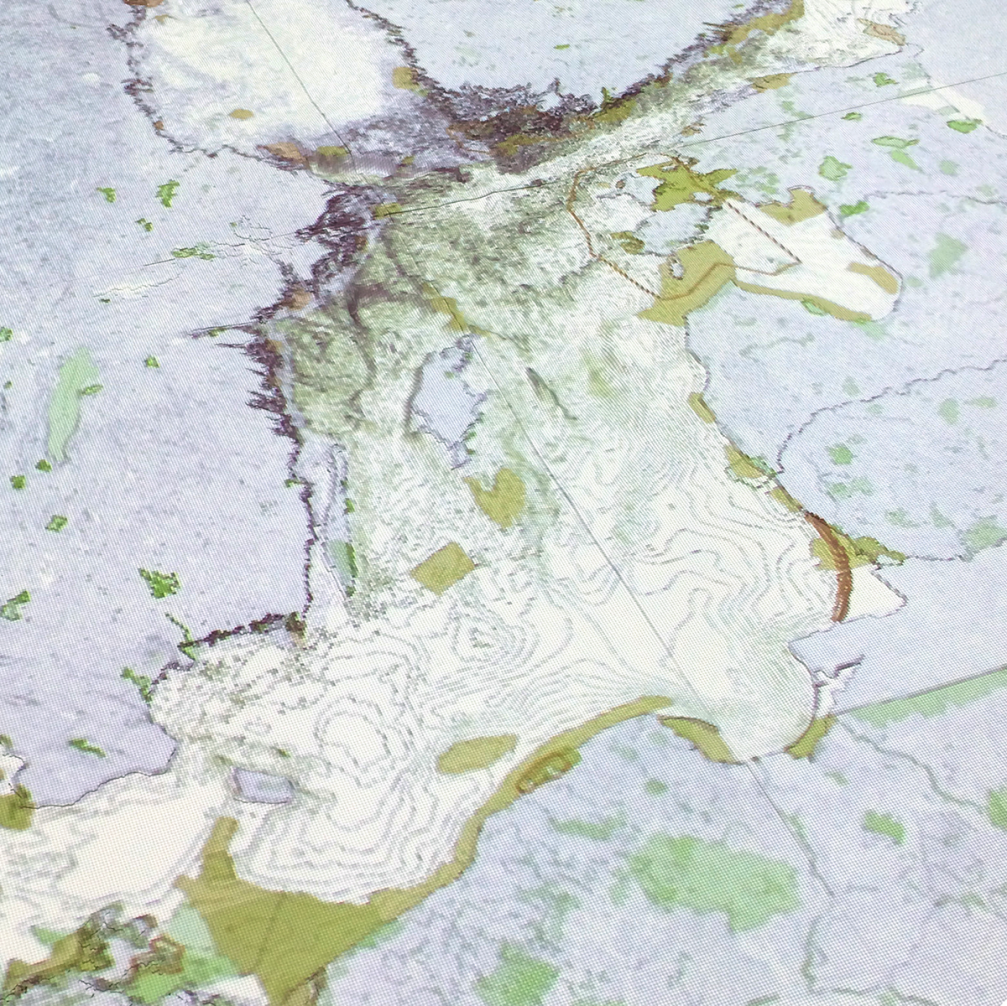
Evelīna:
— Have you come across any evidence suggesting that the Baltics have been considered a spatially united region at any time?
Dagnija:
— This is a map of geological resources (shows an image on her phone — ed.) that was created for all Baltic states together in the Soviet era. It goes 50 metres deep and shows all underground resources. The authors have removed all territories where resources shouldn’t be extracted, such as nature reserves and cities. For that reason this is a more precise material than a simple geology map, it is an operative material. It seems interesting that it was created for all Baltic states together, but we haven’t found an answer why.
Niklāvs:
— The Soviet Union viewed the Baltics as a very industrialised region. This had both geographical and political reasons, including making the society more monochrome. But, without a doubt, there was a reason to stimulate this region because it contained a lot of know–how. An enormous development took place during the Soviet era. In several places in Latvia, including Dobele, there is potential to store natural gas, which makes these areas strategically important. For example, if Inčukalns gas storage were filled to the maximum, it could sustain not just the Baltic countries, but even a part of Poland for 3 years. To illustrate the scale — the Inčukalns storage is bigger than Riga. It is so inconceivable and abstract.
Evelīna:
— Do you draw a line between spatial planning and architecture?
Dagnija:
— It seems that an architect must choose at a certain point on what scale to operate, but one shouldn’t lose grip of other scales as well. You don’t have to be productive on all of them, just don’t forget about them.
Niklāvs:
— Architecture is far more than just shells of buildings. What would happen if architects put all the energy that goes into debating the facade of the Museum of the Occupation into a discussion on how the special economic zone of Latgale, which is one third of Latvia, is being made? It is a conceptual project right now, and it will have impact on cities, enormous industrial areas. What will it become? Will those be infrastructural shells, waiting for their investors? Let me remind you that Hong Kong started out as a special economic zone, and it is a metropolis now. In this case it is interesting both regionally and as a frontier of Europe, because a special economic zone is not a normal situation, it is a mutation, like a state within a state. Geopolitically, Latgale is very interesting right now, BBC has made a film about it, the whole Europe is ready to stand behind the special zone idea.
Evelīna:
— You touched upon an interesting aspect — that architects should be thinking about the relations of Latvia and Russia as architects, not just as residents of Latvia.
Niklāvs:
— Exactly! Baltic Pavilion is very sensitive at all these topics, and at each one of these points the discussion can turn political, but it is not at all what we want. We want to talk about space only.
Evelīna:
— Is that the change of perspective that Alejandro Aravena, Director of the Biennale, talks about?
Niklāvs:
— There’s another side to it — we have always looked at the Baltics through a historical, cultural, even mythological prism. When the Baltic states are on the TV anywhere else in the world, there is always a shot of the Baltic Way, with people holding hands and singing. We haven’t gotten any further than that. Have we ever looked at the Baltics through the similarities that we have in our spatial environment? Never. That is what our exhibition is aiming to do.
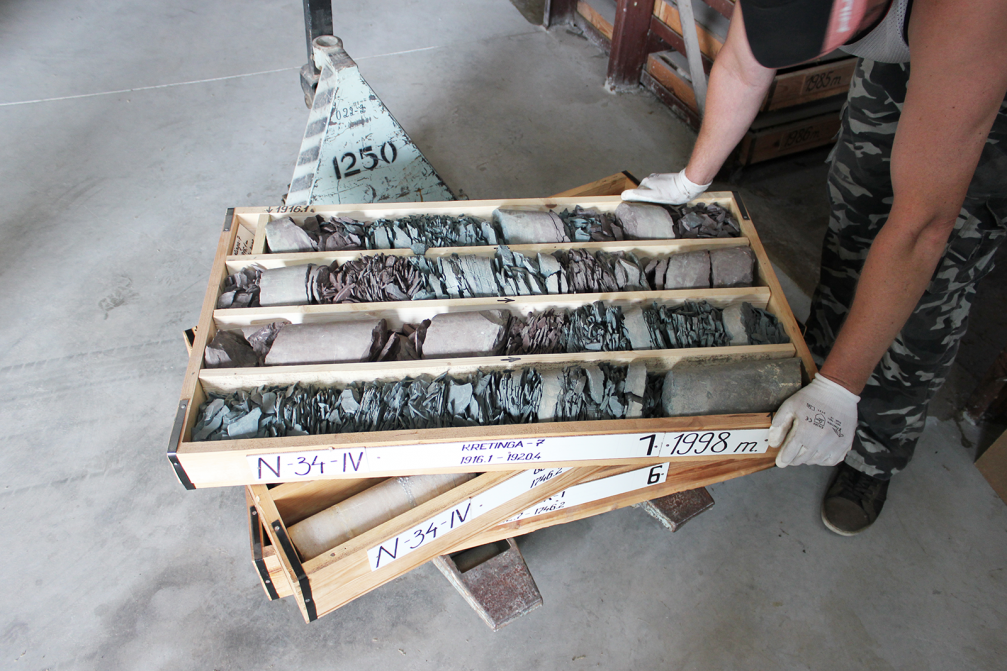
Evelīna:
— Is it easier for you to work on the Baltic Pavilion because you don’t live in Latvia?
Niklāvs:
— Absolutely. Most of our team have met outside of the Baltics — studying and working in Vienna, London, and elsewhere. We even have a saying «you have to go to London to meet a Lithuanian».
Dagnija:
— We are share, I’m not sure if I can say patriotism, but definitely love for the Baltics. Keeping a distance helps to understand the essence.
Niklāvs:
— From the very beginning we were all united in the idea that a shared pavilion is absolutely necessary, doesn’t even matter what the exhibition would be. This coincided with the decline of nation–states and so on.
Evelīna:
— What is your opinion of the nation–state idea now that the geopolitical situation has shifted?
Niklāvs:
— I think those are two different things — culture and region. If you’re looking at the space, you feel that it is deeply influenced by culture, but at the same time we understand that we have to implement projects that go over national borders. Each one of us doesn’t have to deal with everything on their own. Collaborations should be encouraged, but it is not a story on blending cultures, it is about regional, strategic thinking and using resources for a specific aims.
Dagnija:
— The questions that the global society cares about in regard to Baltic states are cliché: patriotism versus nationalism and whether the Crimea scenario could be repeated in Latvia, nothing else. We have done all the homework, joined all international organisations, and what now? I don’t know if we’re offering a vision with our project, but we’re trying to understand where we are now, which can offer a lot of ideas for the future.
Niklāvs:
— We are going to present tools and ways of thinking. In our publication, Baltic Atlas, as well. We have invited various authors; experts that will offer factual information and data along with theoreticians and speculators, who will try to talk about the region in a visionary way. At a certain moment while flipping through the book, you won’t be able to tell them apart anymore.
Evelīna:
— Please, tell more about this book!
Dagnija:
— It is called the Baltic Atlas, but it isn’t a collection of maps, it’s a collection of writings about the Baltic territory. We have combined essays with maps that have been created during conversations with experts and drawings made by the authors themselves. It was important to us to tie the Baltic Pavilion project to a wider theoretical context.
Niklāvs:
— Toms Kreicbergs, a sci–fi author, has written a short story about Riga within an undefined time frame. Reinis Āzis writes about geology and special economic zone in Latgale. Viesturs Celmiņš writes about technological citizenship — about the knowledge that each one of us needs in daily decision making, for instance, when choosing an electricity provider.
Dagnija:
— Jānis Ušča, who works on the spatial planning of the Baltic Sea, writes about the economic significance of the sea and ideas born during the planning process that aren’t included in the plan itself. Those are utopian ideas that are discussed but refused as impossible, because they don’t fit into the typical timeframe of planning documens — 10, 20 or 50 years. Utopian ideas reach further than that and always end up standing in the corner.
Evelīna:
— What is the target audience of your exhibition? Architects, politicians, strategists?
Niklāvs:
— The biennale itself is designed for the professional crowds. Architects come from all over the world to look for ideas, inspiration, to understand where we stand right now.
Dagnija:
— My hope is that our project will inspire architects to look for something specific for the Baltics and not to get lost in the global images that we all look at every day. Working in an office Switzerland, I feel that more and more often there are clients who need the architect’s ability to understand, communicate, create a vision. The role of the architect is changing, and that is beyond anyone’s control right now.
Evelīna:
— It seems to me that the role of the architect is not changing in a linear way, but rather evolving into several directions at once.
Niklāvs:
— For sure. Architecture as an education covers a vast spectrum. New branches are emerging, such as «specialist in ecosystem approach». It is too an architect, but it corresponds to this age and its demands. I think that the word «architect» doesn’t express much anymore.
Evelīna:
— What should an architect be learning today?
Dagnija:
— To understand complex processes and to get carried away by specific things.
Niklāvs:
— If we look at architectural education as an exhibition, then we can’t stop at the one displaying finished houses. We must learn to see complexity. I believe that ideas first circulate in the space of culture and education, and it should be like that in the Baltics too.
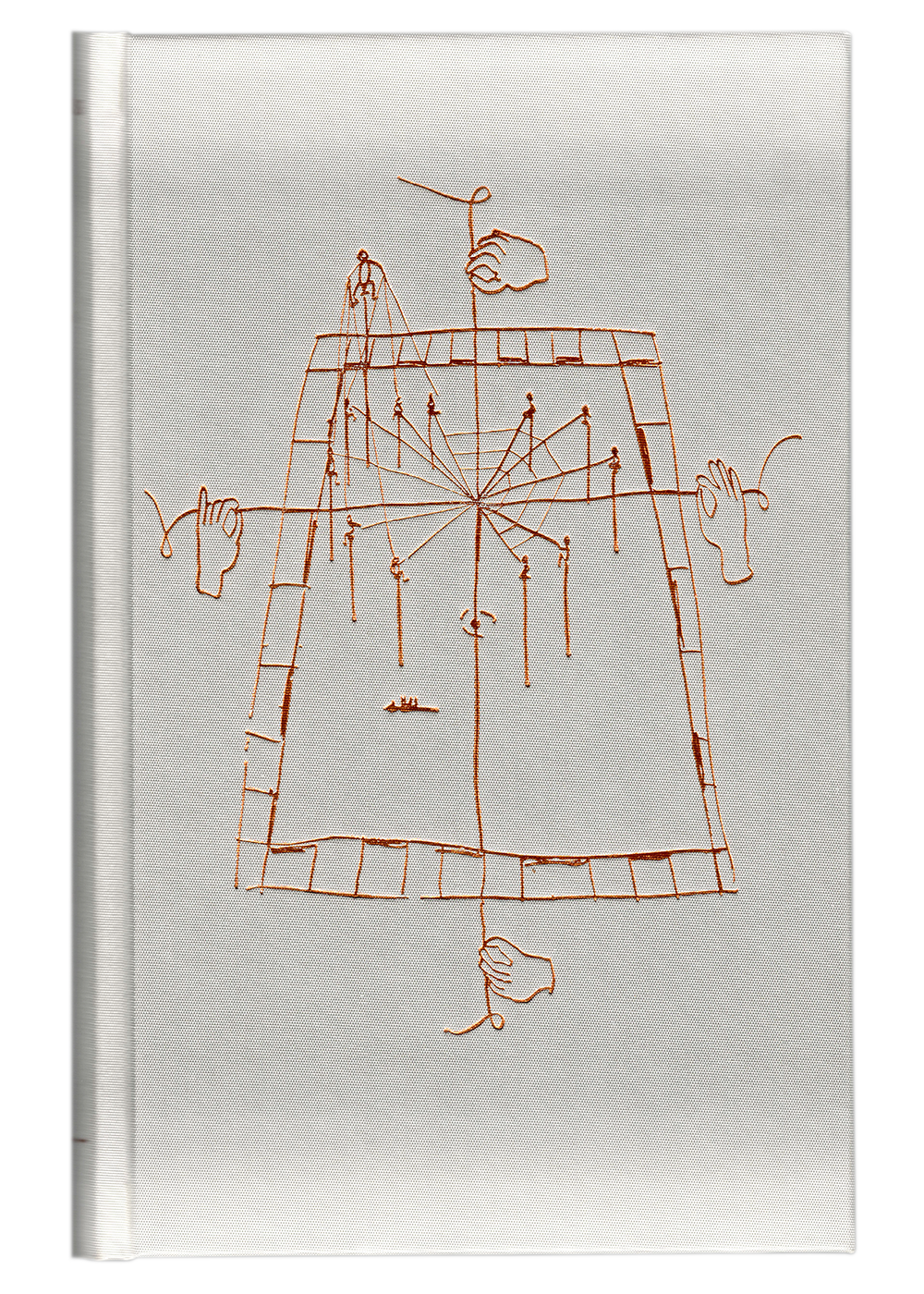
Curating team of the Baltic Pavilion
Kārlis Bērziņš, Jurga Daubaraitė, Petras Išora, Ona Lozuraitytė, Niklāvs Paegle, Dagnija Smilga, Johan Tali, Laila Zariņa, Jonas Žukauskas.

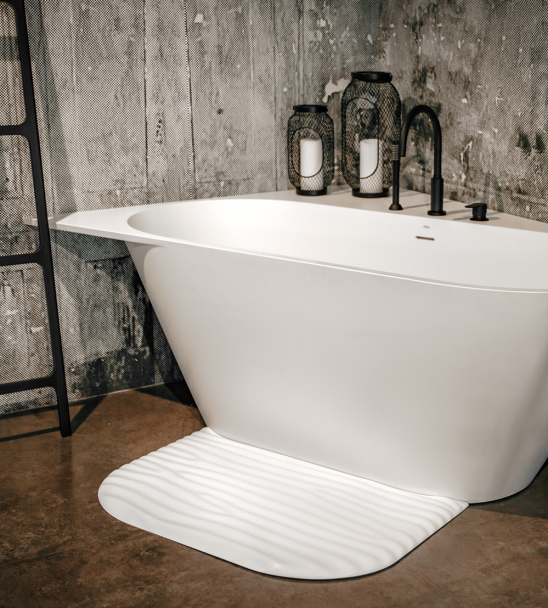
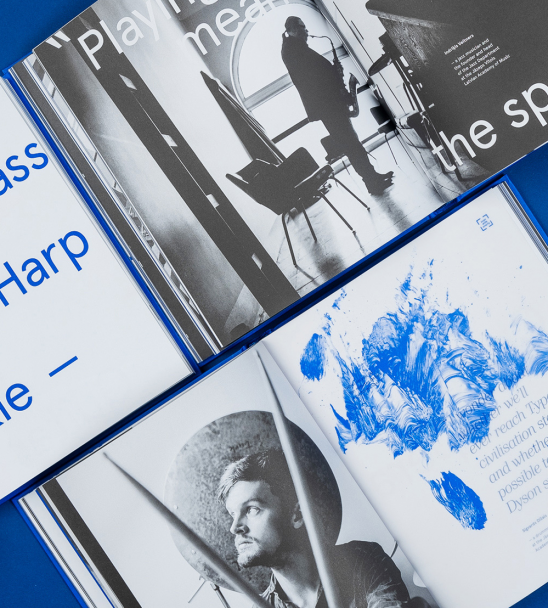

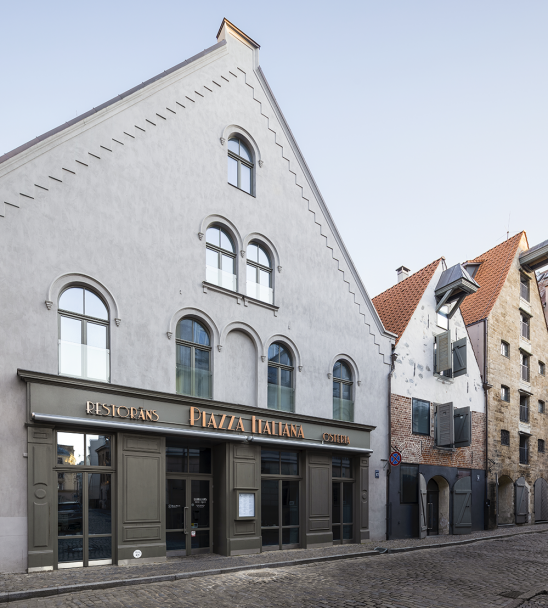
Viedokļi